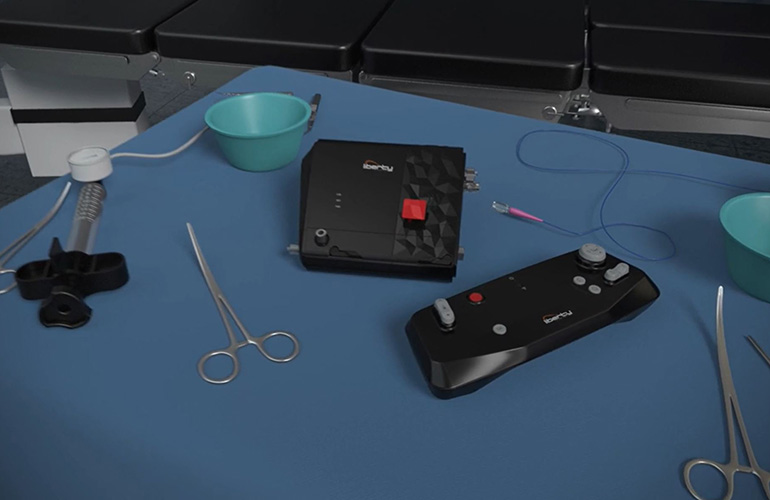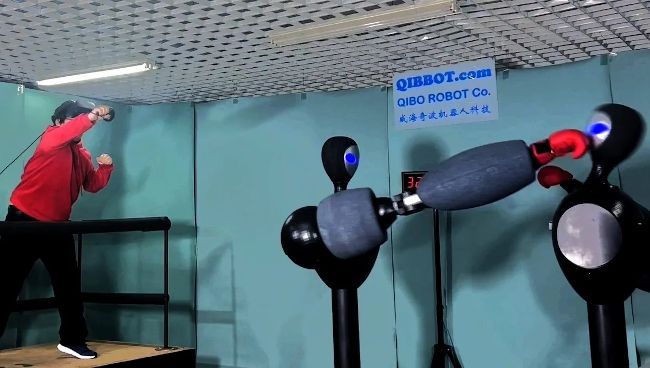Japanese researchers have developed a surprising new technology that sounds like science fiction: cockroaches wearing miniature helmets that can be steered by remote control. No surgery required.
How It Works
Scientists at the University of Osaka have figured out how to guide cockroaches through mazes and obstacles using nothing more than tiny helmets equipped with ultraviolet lights. The system is surprisingly simple yet effective.
Each cockroach wears a lightweight helmet connected to a small backpack containing wireless sensors and a battery. When the insect stops moving, sensors detect this and automatically turn on UV lights inside the helmet. Since cockroaches naturally move away from UV light - a behavior called negative photoaxis - the researchers can steer them by shining light into either eye.
Want the bug to turn left? Shine light in its right eye. Need it to go right? Light up the left side. The cockroach follows its natural instincts to avoid the light, unknowingly following the researchers' commands.
Impressive Results
The team put their cyborg insects through extensive testing, running them through maze-like environments 150 times. The results were striking: 94% of helmet-wearing cockroaches successfully navigated out of the mazes, compared to just 24% of regular cockroaches attempting the same challenge.
Keisuke Morishima, who led the research, emphasized why this approach works better than previous methods. "Instead of overriding the insect's brain, we're guiding it through its own senses," he explained. "That makes the system safer, more stable, and more sustainable."
Why Helmets Beat Brain Surgery
Traditional methods of controlling insects involved invasive procedures like implanting electrodes directly into their nervous systems or muscles. These approaches had serious drawbacks - they often harmed the insects and became less effective over time as the bugs adapted to electrical signals.
The helmet system avoids these problems entirely. The equipment is light enough that it doesn't interfere with normal movement, and since it works with the cockroach's natural behaviors rather than against them, the insects don't develop resistance to the control method.
Real-World Applications
While remote-controlled cockroaches might sound like a novelty, researchers see serious practical uses for this technology. The cyborg insects could prove valuable in situations too dangerous or difficult for conventional robots.
Search and rescue operations after earthquakes or building collapses represent one major application. Cockroaches can squeeze through tiny spaces and navigate unstable debris that would stop larger robots. Equipped with cameras or sensors, they could help locate survivors trapped in rubble.
Environmental monitoring offers another possibility. These hardy insects could access sensitive ecosystems where human presence might cause disruption, collecting data on pollution levels or wildlife populations.
The technology might also find uses in surveillance operations, though this raises obvious privacy concerns. A bug with a tiny helmet might blend in better than traditional surveillance equipment in certain situations.
Looking Forward
The research, published in the journal Advanced Intelligent Systems this month, represents a significant step forward in bio-hybrid robotics - the field that combines living organisms with artificial systems.
Unlike purely mechanical robots, these cyborg insects come with millions of years of evolutionary programming that helps them navigate complex environments. They can climb walls, squeeze through cracks, and survive conditions that would destroy electronic devices.
The success of the helmet system opens doors for similar approaches with other insects or small animals. Researchers are likely exploring whether the same principles could work with beetles, moths, or other creatures that might be useful for specific missions.
The Bottom Line
While the idea of remote-controlled cockroaches might seem unsettling, this technology could save lives in disaster situations and advance our understanding of both robotics and animal behavior. The Japanese team has shown that sometimes the most effective high-tech solutions work by cooperating with nature rather than trying to override it.
Just remember - the next time you see a bug wearing what looks like a tiny hat, it might not be as harmless as it appears.


















